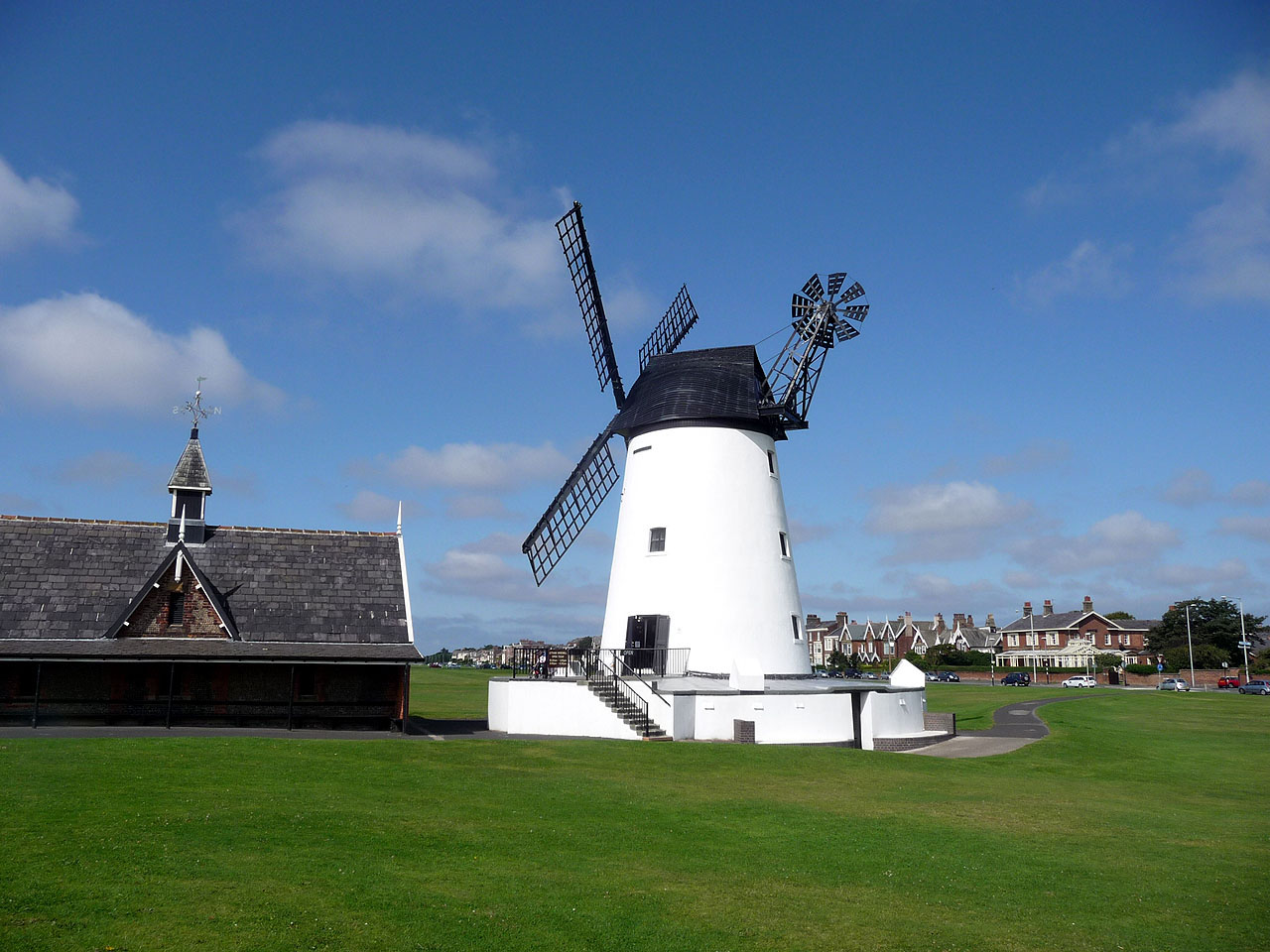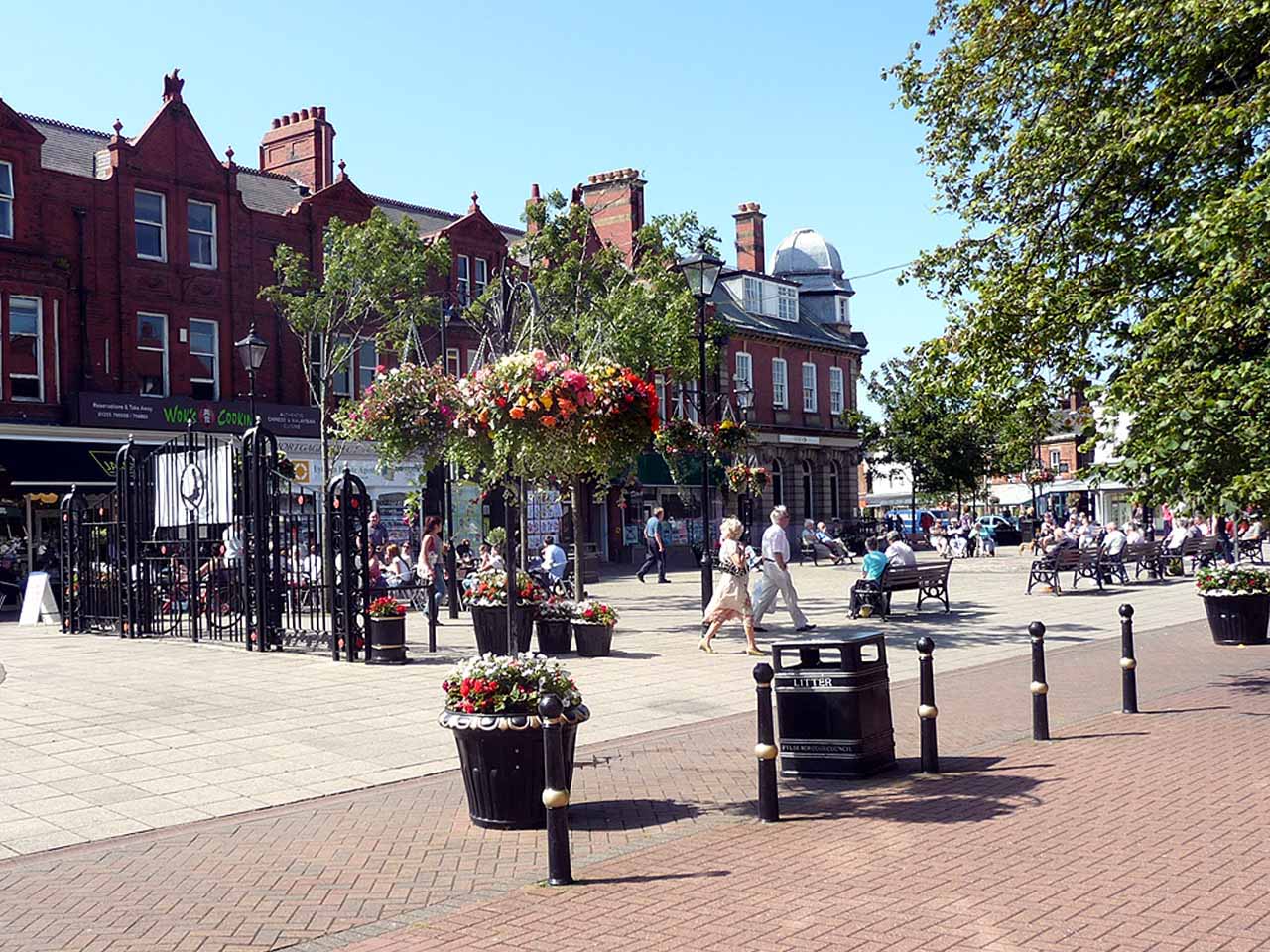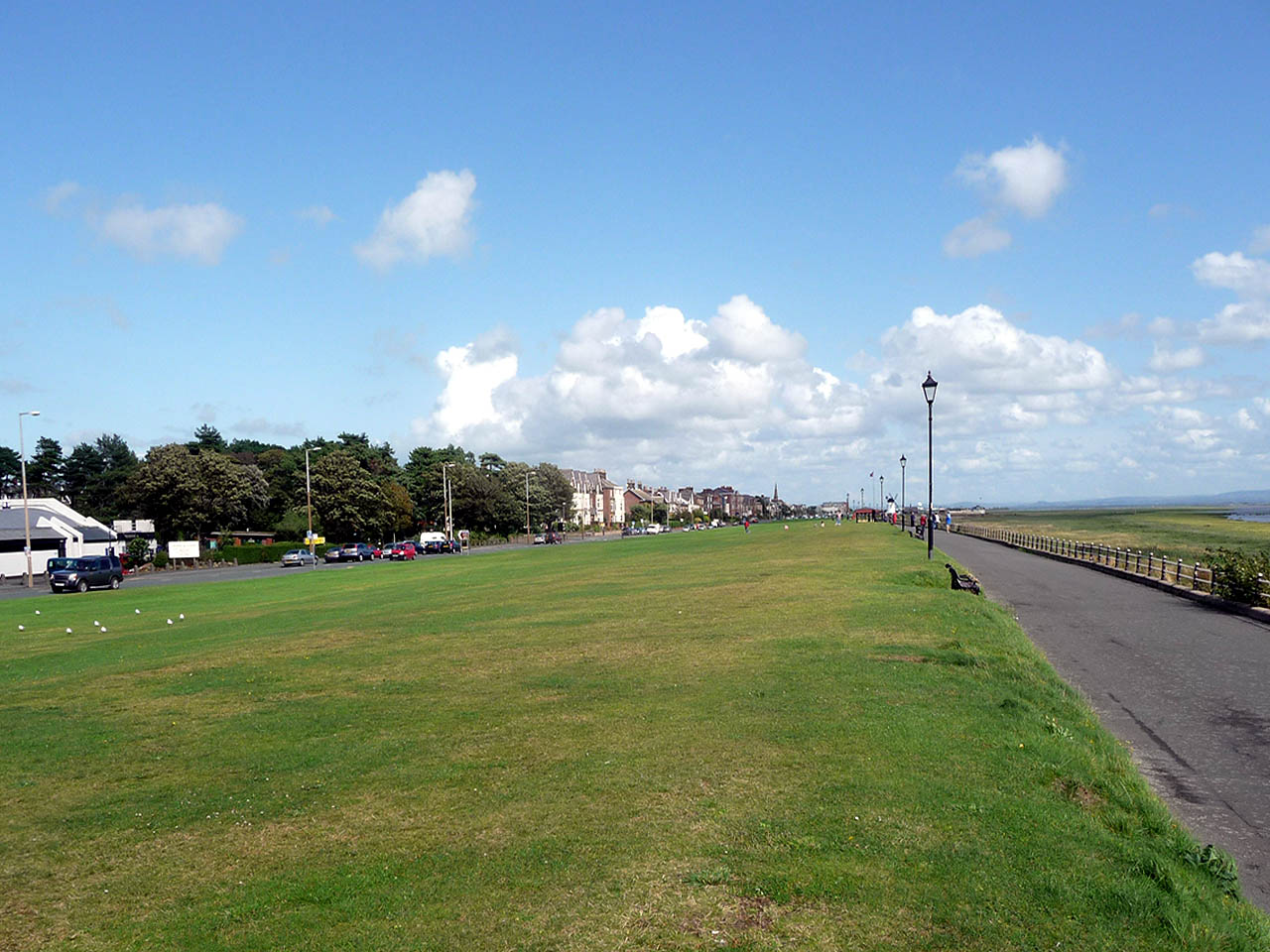 |
The
Township of Lytham |
 |
Lytham
 | |
Photograph supplied by and © of Brian Young |
Lytham was founded in about 600 AD. For many centuries the economy of Lytham was dependent on fishing and shrimping, until the advent of tourism and seaside health cures. After the start of the Industrial Revolution, wealthy industrialists moved from the east of the county.
Lytham's tree-lined streets are flanked by small shops, of which many are still family businesses. The town is nicknamed "Leafy Lytham" because of the large number of mature trees along many of the town's streets.
Notable Lytham landmarks include the Green, a strip of grass running between the shore and the main road; the recently restored Windmill and Old Lifeboat House Museum are to be found here. The Green overlooks the estuary of the River Ribble and the Welsh mountains. The centre of Lytham contains many notable buildings including Lytham public library, railway station, Market Hall and "The County" and "The Ship and Royal" public houses. Some of the oldest buildings are found in Henry Street and Dicconson Terrace. Henry Street is also the location of the Taps public house, which is one of the most popuar real ale establishments on the Fylde and which has won an award every year since the present proprietors arrived in 1991.
Until the middle of the 20th century the Clifton family was the leading family in Lytham and two of the town's main thoroughfares are named in their honour. Their estate on the outskirts of Lytham and Ansdell originally occupied a huge area. Lytham Hall, the family seat, remained in the family's ownership until 1979, after which ownership passed to a number of corporate bodies. The grounds of the Hall are occasionally opened to the public for open-air concerts and plays. Several of the ornate gates to the estate and much of the distinctive pebble-dashed boundary wall survive.
The Parish Church for Lytham is St Cuthbert's Church located on Church Road overlooking the Lytham YMCA Football ground and the Ribble Estuary.
 | |
Photograph supplied by and © of Brian Young |
Further From: The Imperial Gazetteer of England And Wales, by John Marius Wilson. London, 1872.
A small town, a parish, and a sub-district, in Fylde district, Lancashire. The town stands on the N shore of the Ribble estuary, at the meeting-point of two branch railways from respectively the Preston and Wyre railway and the town of Blackpool, 8 miles SSE of Blackpool, and 12 W of Preston; is a sub-port to Preston, a watering-place, and a seat of petty sessions; presents a new, neat, and clean appearance; enjoys fine amenities of beach, environs, and climate; has undergone many improvements by a board of commissioners under a local act; and has a post-office under Preston, a railway station with telegraph, a neat market-house of 1848, a county constabulary station, assembly-rooms, public baths, billiard-rooms, several first-class hotels, a number of respectable lodging-houses, two churches, three dissenting chapels, a Roman-Catholic chapel, two endowed schools, two national schools, several good private and boarding schools, a long marine parade, and a long steamboat pier.
St. Cuthbert’s or the parochial church was rebuilt in 1834; is a neat structure of red brick; consists of nave, aisles, and chancel, with porch and tower; and contains monuments of the Clifton family.
St. John’s church stands on the E beach; was built in 1850; and is a stone edifice in the early English style.
The Independent chapel stands in Westby-street, and is a hand-some recent structure.
The marine parade was formed by levelling the beach; is 2 miles long; and commands a fine view across the estuary. The pier was constructed in 1865; is 914 feet long; and, besides serving for steam-boats from Blackpool, Southport, and other places, forms a splendid promenade.
The branch railway from the Preston and Wyre line was opened in 1846; and that from Blackpool was opened in 1863.
Lytham Pool, about a mile E of the town, serves as an entrepot to Preston; accommodates large vessels for the discharging of their cargoes into smaller crafts; and has a graving dock for building and repairing vessels. A custom-house is on the E beach; and a life-boat station is near.
The parish comprises 5,177 acres of land, and 10,365 of water or foreshore. Real property, £15,425; of which £135 are in gas-works. Pop. in 1851, 2,698; in 1861, 3,194. Houses, 552. The increase of population arose mainly from the attractions of the town as a watering place.
The manor, with Lytham Hall, belongs to Col. John Talbot Clifton. The hall stands on the NW side of the town; was erected between 1757 and 1764: and is a spacious mansion.
A benedictine priory, a cell to Durham abbey, was founded on or near the site of the Hall, in the time of Richard I., by Roger FitzRoger; and some remains of it are included in the Hall. A portion of the parish which had a pop. of 1,579 in 1881 was constituted a separate charge, under the name of L.-St. John, in 1851.
The head living is a vicarage, that of St. John a p. curacy, in the diocese of Chester. Value of the head living, £131; of St. John, £60. Patron of both, Col. J.T. Clifton.
The sub-district contains also the Puulton-le-Fylde hamlet of Little Marton. Pop., 3,627. Houses, 620.
 | |
Photograph supplied by and © of Brian Young |
| Lytham Home & Contents | ©Lancashire OnLine Parish Clerks | Lancashire Home |